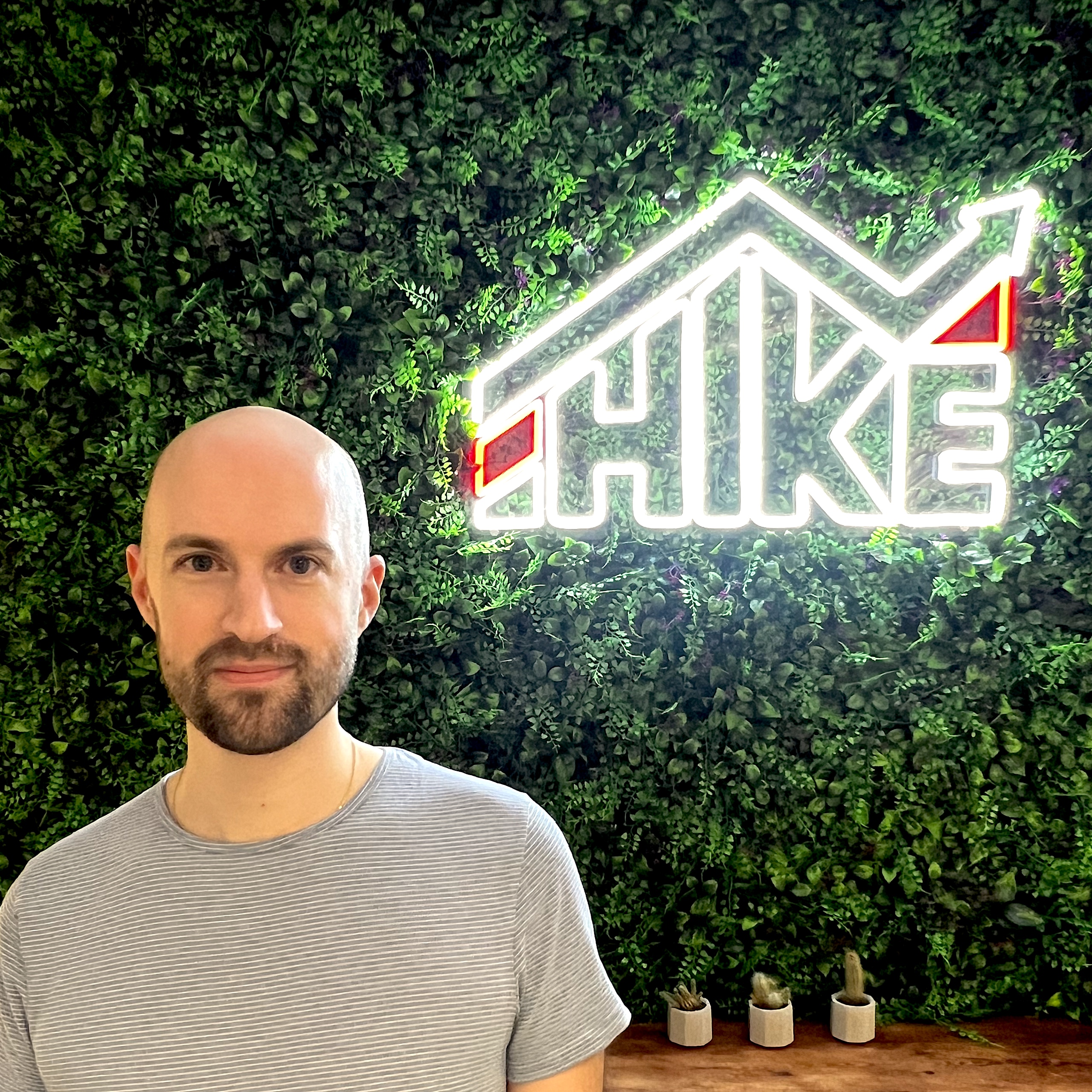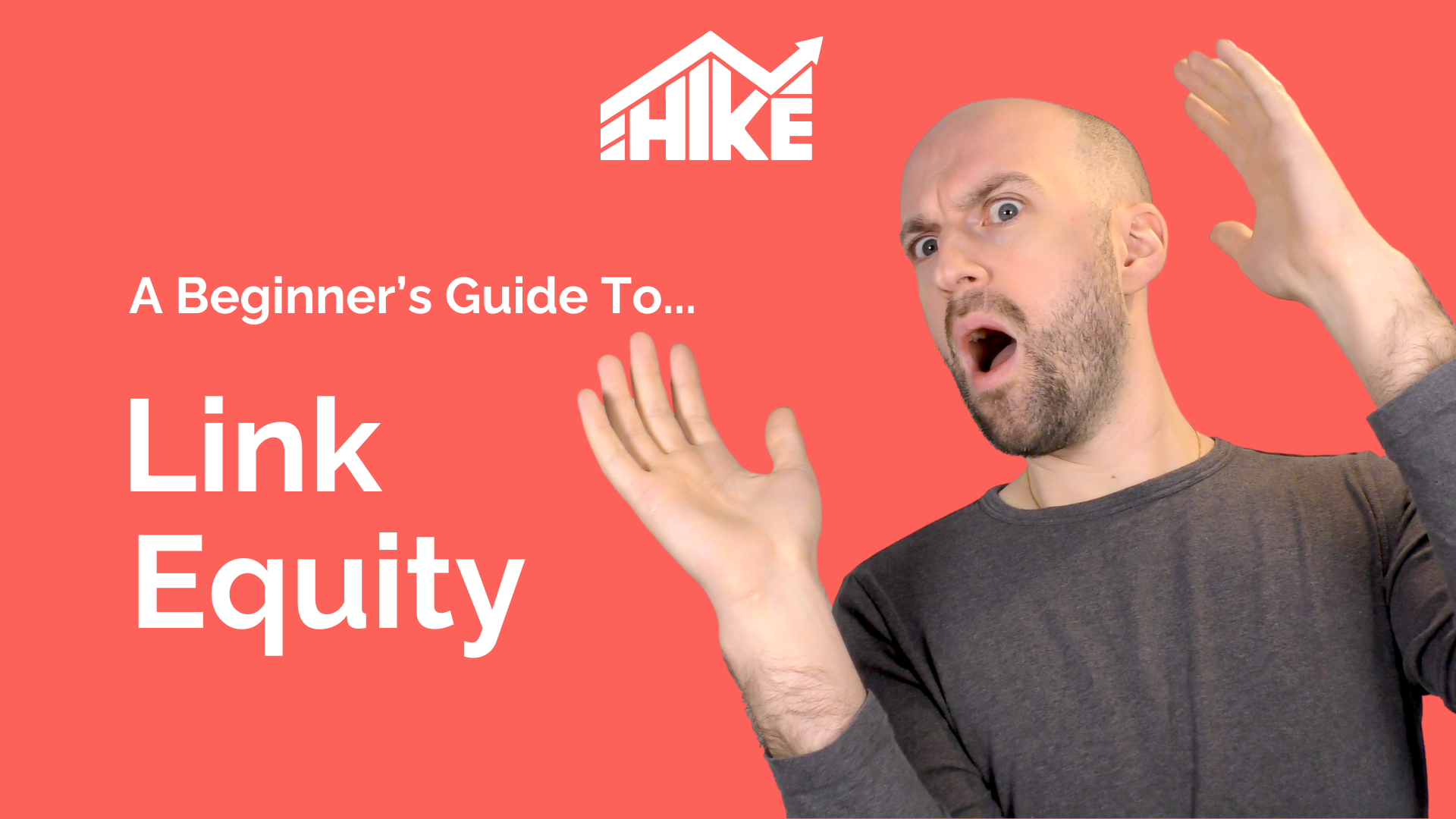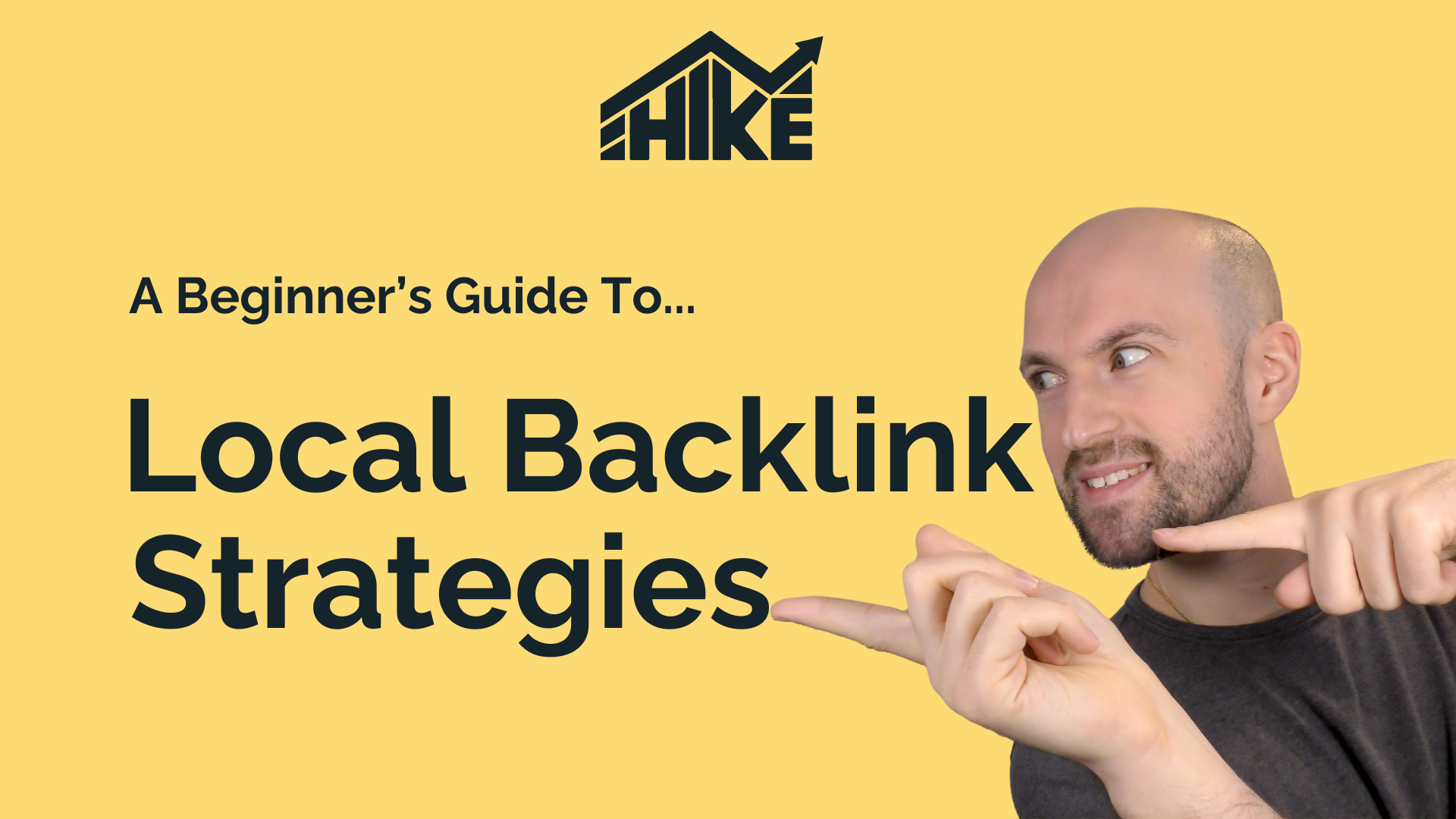In this video, we’ll delve into the crucial topic of audience research, exploring how to gain a profound understanding of your target audience to optimize your SEO strategy and achieve better business outcomes. You can watch the video or read the text summary below:
Our discussion will cover several key aspects:
- Audience Research: We’ll explore the significance and benefits of audience research, differentiate between two types of research, and highlight the distinctions between them.
- Content Strategy Alignment: Discover how to ensure your content resonates with your audience, and learn effective methods for boosting SEO performance.
- Analyzing and Applying Insights: We’ll look at how to apply the gathered insights to enhance your SEO strategy.
Understanding Audience Research: Audience research is the process of collecting, analyzing, and interpreting information about a specific target audience. This helps us grasp their needs, preferences, behaviors, and motivations. This understanding is essential for aligning your SEO strategy and creating content that truly resonates with your audience, leading to numerous benefits.
- Improved User Engagement: Tailoring content to your target audience leads to higher engagement. Generic content doesn’t speak to anyone, but when content is sharp and specific, it connects with the audience, reducing bounce rates and increasing time spent on your website.
- Relevance to Search Queries: Targeted content appears more relevant in search engine results, boosting click-through rates and organic traffic, ultimately improving your search rankings.
- Enhanced Brand Trust: When your audience feels understood and valued, it builds trust and loyalty. Specific content resonates, leading to repeat visits, increased sales, and brand growth.
- Better Conversion Rates and ROI: Audience-aligned content leads to higher conversion rates and a superior return on investment for your content creation efforts.
Types of Audience Research: There are two primary types of audience research:
- Quantitative Audience Research: This involves numerical data collection and statistical analysis. Examples include surveys, questionnaires, and data analysis from analytics tools, providing quantitative insights.
- Qualitative Audience Research: This focuses on in-depth insights, involving smaller, specific groups. Techniques include focus groups, interviews, and observations, allowing you to understand the reasons behind audience behaviors and preferences.
Applying Audience Research to SEO: The core of applying audience research to SEO is keyword research. By understanding your audience’s intentions and using semantically unique keywords, you can ensure your content aligns with their needs. Tools like Google Trends, Exploding Topics, and Hike’s keyword research tool are valuable resources for this purpose.
Beyond keyword research, consider trends, surveys, online reviews, competitor analysis, and Google Analytics audience reports. These sources offer deep insights into your audience’s needs, allowing you to craft tailored content.
Crafting Tailored Content: Once you’ve identified audience segments and developed audience personas, create content that addresses their needs, pain points, and motivations. Optimize this content based on search intent. Regularly review audience research data and monitor your website’s performance to adapt your SEO strategy and achieve better results over time.
If you’re new to SEO or a small business owner, consider using the Hike SEO platform. It simplifies and enhances your SEO efforts through user-friendly tools and cutting-edge AI technology. Sign up at hikeseo.co to discover how Hike can streamline and improve your SEO journey.
Thank you for watching, and if you have any questions, please feel free to reach out. Take care, and I’ll see you in the next video.



